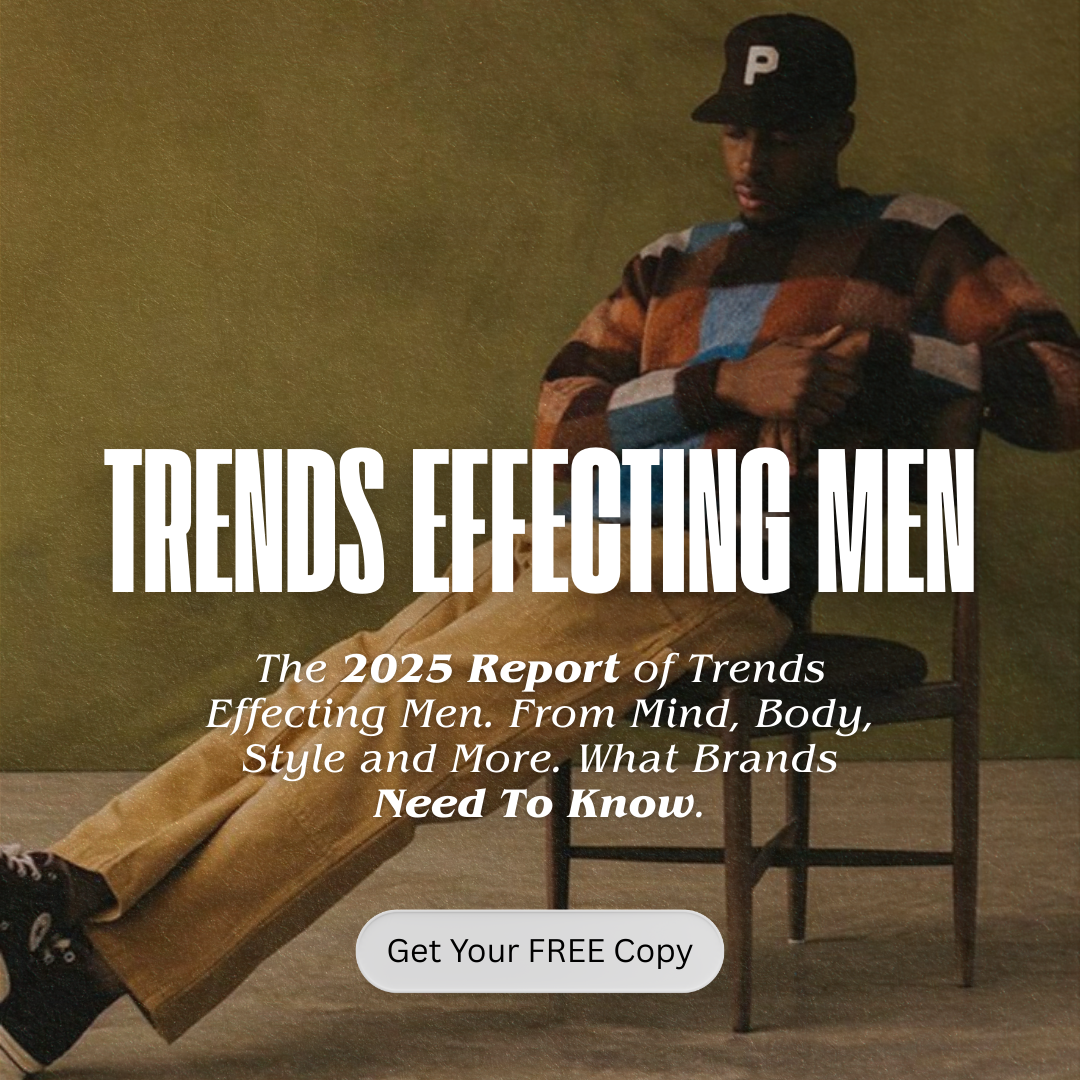Case Studies: How 4 Businesses Are Adapting to Omnichannel Sales and Marketing in the Modern Era
If you’re running a brand today, you already know the customer journey doesn’t follow a straight line anymore. People jump from Instagram to your site, add something to cart on mobile, then walk into your store three days later to try it on, or not. It’s messy, unpredictable, and completely normal.
Omnichannel isn’t just a buzzword in this world, it’s survival. Creating one continuous experience across every touchpoint so customers feel like they’re talking to the same brand, no matter where they show up is necessary and critical.
Let’s break down how mid-sized fashion brands are pulling this off, the growing role of AI behind the scenes, and where this all seems to be heading.
Why Omnichannel Is More Than Just “Being Everywhere”
For a long time, brands treated their website, social media, and stores as separate islands. That worked fine when shopping was predictable — people went to malls or clicked “buy now.” But that’s not how customers behave anymore.
A 2023 Shopify Plus Future of Commerce Report found that 73% of consumers expect brands to communicate consistently across all channels, and over half say they’ve abandoned a purchase because of inconsistent messaging or poor cross-channel experience.
Omnichannel isn’t about having more platforms. It’s about making sure those platforms talk to each other.
When the brand experience feels continuous, like one story told in many chapters customers naturally move between online and offline spaces without friction.
Case Study #1: Reformation — Sustainability Meets Data-Driven Connection
Reformation built its name on sustainability, but its growth has been powered by digital integration. Their omnichannel strategy ties together e-commerce, brick-and-mortar, and mobile engagement with surprising sophistication.
Every Reformation store is basically a digital showroom: customers can browse racks for sample sizes, then order their size via touchscreen for instant try-on or home delivery. This connects store inventory directly to online data in real time.
Photo: GQ
According to Glossy and Retail Dive, this model increased conversion rates and cut back on excess inventory, a sustainability win. Reformation’s data-first retail approach allows their marketing team to understand how customers move from social discovery (Instagram and TikTok) to website, to in-store purchase.
They also lean into AI for demand forecasting, predicting which products will trend based on browsing data and social engagement. The result is less waste, better margins, and a shopping journey that feels personal at every step.
Omnichannel isn’t just tech, it’s empathy built into the customer journey.
Case Study #2: AllSaints — Integrating Storytelling Across Touchpoints
AllSaints, the edgy British fashion label, is a great example of a mid-sized brand that has reimagined omnichannel as storytelling. During the pandemic, they pivoted from store-first to a connected ecosystem of web, app, and retail.
According to Vogue Business and The Drum, AllSaints unified its customer data systems to give store associates access to online browsing and purchase histories. That means when a shopper walks into an AllSaints store, the associate already knows their favorite styles, previous purchases, and what’s sitting in their digital cart.
They also implemented AI-driven personalization tools that adjust website content based on browsing behavior, serving up relevant looks, sizes, and promotions in real time. The payoff? Increased repeat purchases and a smoother bridge between online discovery and in-store conversion.
Storytelling doesn’t stop at the ad campaign. When data supports it, every brand interaction becomes part of the same narrative.
Case Study #3: Rothy’s — Building Loyalty Through a Unified Ecosystem
Rothy’s made its mark with eco-friendly knit shoes, but its digital-first omnichannel expansion has been quietly strategic. The company started online and later built physical stores to enhance discovery and fit experiences.
According to Forbes and Modern Retail, Rothy’s uses customer data from online sales to inform where to open new retail locations. Their loyalty program is fully integrated across channels, points earned online can be redeemed in-store and vice versa.
AI plays a behind-the-scenes role here too. Rothy’s uses machine learning models to anticipate which colors or silhouettes will trend and adjust manufacturing in real time. That’s particularly critical for their sustainable production model, which aims to eliminate overstock.
And their omnichannel approach doesn’t stop with customers. Rothy’s also applies AI to improve supply chain transparency, making sustainability a tangible part of the brand experience, not just a marketing message.
Omnichannel doesn’t end at checkout. The most resilient brands make sure their ecosystem continues to deliver value after the sale.
Case Study #4: Everlane — Transparency Through Tech
Everlane, long known for “radical transparency,” has embraced omnichannel to make its values visible in new ways.
They’ve built in-store technology that mirrors the digital experience, same tone, same information depth. You can check out product origins, material impact, and even supply chain data through QR codes or mobile prompts in-store.
A Business of Fashion analysis pointed out that Everlane’s consistent transparency messaging has deepened trust and kept them competitive against larger fast-fashion players. Behind the scenes, Everlane uses AI-powered analytics to predict which materials or fits will perform best with certain customer segments, turning sustainability into a data-backed advantage.
Consistency builds integrity. When every channel speaks the same language, customers don’t have to guess what the brand stands for.
How AI Is Quietly Powering the Omnichannel Revolution
AI doesn’t steal the spotlight here, but it’s everywhere, the unseen hand making all this integration possible.
Here’s what it’s doing for modern brands:
Predictive Insights: AI looks at browsing, purchase, and engagement data to forecast trends before they peak.
Personalization Engines: AI tools like Shopify’s Sidekick or Klaviyo’s predictive segments tailor content for each visitor, improving conversion without extra manual work.
Inventory Optimization: Machine learning helps brands balance stock across online and physical stores, reducing markdowns and keeping experiences consistent.
Conversational Support: AI chatbots and voice tools let brands scale customer service across channels, offering human-like support at any hour.
Creative Efficiency: Generative AI assists with campaign ideation, copy, and imagery, so marketing teams can maintain omnichannel coherence faster.
According to Salesforce’s 2024 State of Marketing Report, 60% of marketers now use AI to unify customer data and optimize cross-channel experiences. That means AI isn’t replacing human creativity, it’s making it more consistent, measurable, and scalable.
What’s Next for Omnichannel in Fashion
As AI matures, omnichannel is evolving from “integration” to “anticipation.” The most forward-looking brands are building systems that predict customer needs in real time and deliver curated experiences before the shopper even asks.
But technology alone isn’t the differentiator anymore, empathy is. The brands that will win are the ones that balance data with humanity, efficiency with creativity.
Mid-sized labels like Reformation, Rothy’s, and AllSaints prove you don’t need massive budgets to do omnichannel well. What you need is clarity: one story told through every channel, amplified by the right tools, and grounded in what customers actually care about.
That’s the modern challenge, and the modern opportunity.
Sources:
Shopify Plus – Future of Commerce 2023 Report
Glossy – Inside Reformation’s Data-Driven Store Strategy
Retail Dive – How Reformation’s Digital-First Stores Changed the In-Store Experience
Vogue Business – AllSaints’ Omnichannel Pivot
The Drum – How AllSaints Unified Its Customer Experience Post-Pandemic
Forbes – How Rothy’s Is Scaling Sustainable Growth
Modern Retail – Rothy’s Omnichannel Strategy Balances Digital and Physical Retail
Business of Fashion – Everlane’s Transparency and Tech-Led Retail Approach
Salesforce – State of Marketing 2024 Report
Reach out and set up some time to chat about your community and communications. Download a complimentary copy of our latest report.








